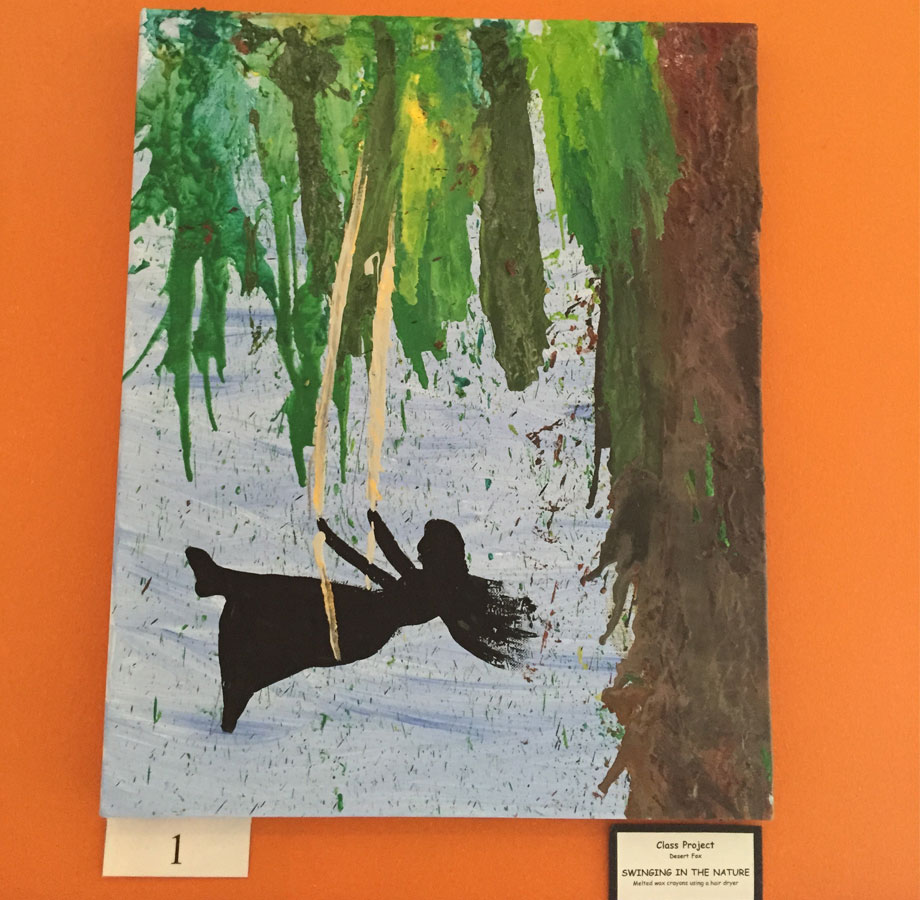
The ICLCA is built upon two pillars:
1 A process-oriented curriculum focusing on the development of mother-tongue and/or new languages
The backbone of the ICLCA is language development. Exposure to multiple languages at an early age promotes a child to naturally learn to use different languages. For the ICLCA, bilingualism is a reflection of identity; the children will recognise and celebrate cultural differences and language will be an essential part of their development. Learning in two languages simultaneously opens up a wider understanding of, and respect for, different cultures - a pre-requisite for effective communication in today’s international world. With three years in the programme children will be fluent or stable in the languages of instruction.
The benefits of multilingualism are supported by various brain research data.
2 A creative approach in all areas of learning that immerses a child into the arts
Creative arts become a way to communicate emotions and experiences when spoken language is not yet developed. Allowing children the opportunity to freely experience the arts is imperative to learning, language development and exploration especially in these early years of education. While the exposure to new languages can be very new to a child, participating in the creative arts comes naturally. The freedom to participate in art allows individualism, builds confidence and encourages communication. The ICLCA strongly maintains that it is the process by which a child explores the arts that are of utmost importance; the end result is less significant.
These two pillars provide support and establish a foundation towards the ICLCA’s wider education philosophy.